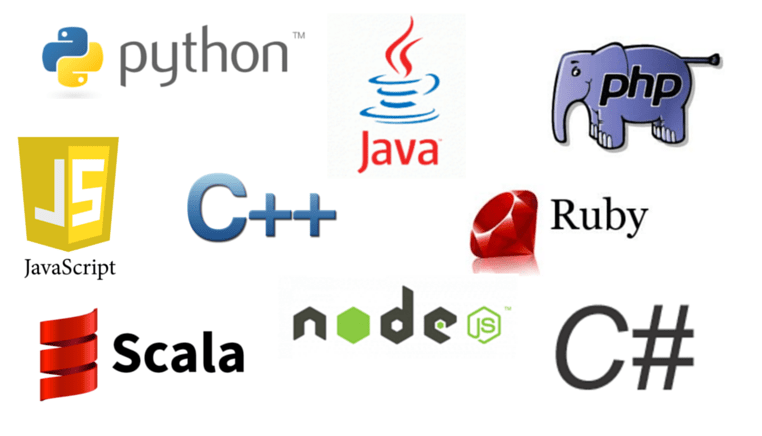Did you know?
An average business has about 464 custom applications for completing all their operations.
Merging all the data from multiple resources would be as tough as untangling a yarn ball. There can be high chances of duplications or inconsistencies.
But why do you have to use multiple data sources, when you can have a single access point?
For the growth of your business, it is important to not be intimidated by the lengthy process of merging data from different sources.
Data merging is all about creating visual aids. When you have to source, and illustrate data from different sources, nobody wants to look at figures without a little visualization right?
While we are on the subject you can expect the following topics discussed by the end of this blog:
- JOB Oriented Data Science Course
- Data Analytics Training
So, if you are here to learn how to shed some of the load then stay till the end of this blog!
How to merge data from different sources?
Data merging would be simpler if we make it. So in order to merge data from different sources, there will be certain steps that you have to follow.
If you are able to follow this guide and do it in one go, you deserve to pat your back!
Download data from different sources
Downloading would essentially be the first and foremost step!
Scan through all the excel sheets and documents that you would like to have in a collective space. Afterwards you can create a whole new field and name it “Source”. This source location is where we will be storing all the downloaded information.
This file or source location will make it easier to track duplicate files from different data locations.
Combine the data into one field
This is where your vast excel knowledge will pay off! You will now be combining all the downloaded data into a single field.
If you have less than 1 million fields of data, excel will take care of it.
A few tips:
- Categorize the fields in terms of date. You can use the File>import function to achieve this sort of merging.
- Keep the unique fields separate. What we mean by this is that if you find that any of your fields does not fit into a specific category, you can create a custom list for the field.
Spot the duplicates
Excel offers some of the most excellent and rewarding functions. This can make the task at hand way easier.
In order to spot the duplicate fields, you can employ the Format>Conditioning Format function.
Start with highlighting each column and using this function to identify the duplicate data in the column.
Look out for the following fields for duplicate data:
- Website URL
- Email address
- Phone number
- Physical address
- Last name
- Company name
Merge the duplicates
After a thorough examination, merging the duplicates would be one task you couldn’t leave. You can merge the duplicates using different criteria which may be on the basis of:
- Time
- Date
- Source of data
- Data completeness
Afterwards you can employ the following tactics for a successful merging and sorting:
- Figure out the missing records in the columns. You may then proceed to copy and paste data from the required fields into the missing column to correct the data.
- Mark or highlight fields that are contradicting one another. For instance you may have different dates or phone numbers for the same field.
- Highlight them for later to be resolved by the method of evaluation.
Validate all the fields
Cutting costs is what we are trying to propagate through the medium of this blog.
This is why we have a pro tip for you. You can hire a third-party corporation to validate your data but, what you can do to save your expenses is to give them a limited field to verify the data.
This field can be from any criteria such as date, email address, website URL, etc.
Standardize your data
The shoe must fit the description! This means that your data should match with the field so that it is easier to access.
The source of the data should not be taken into consideration while standardizing your data. Also, every field must be in the same format.
Some of the more complex data fields to systemize are:
- Phone numbers: If you are dealing with international clients, then keeping a track of the phone numbers will be a lot difficult because of the variation in digits.
- Dates: Some of the sources might use the “mm-dd-yyyy” format while you are acquainted with the “dd-mm-yyyy” format.
Make sure that each field is customized in the similar data format.
There you have it, this is the whole procedure that you can employ while merging data from different sources into the single platform.
Not faring far from the topic we will now be listing some of the potential JOB Oriented Data Science Courses, and Data Analytics Training that you can take for this field.
JOB Oriented Data Science Courses
For all the tech savvies out there, consider the following job opportunities for the field of data science.
Analytics Consultant
As an analytics consultant you will be entitled to shed light on data reviews and offer your expertise in the field of data management.
BI Analyst
A Business Intelligence Analyst is entitled to produce financial results and review the market intelligence reports.
Data science specialist
The position of a data science specialist requires you to carefully interpret, analyze and collect huge amounts of data.
Final Thoughts
If crunching numbers and tallying the charts is something that instigates your passion then you must definitely check out the JOB Oriented Data Science Courses, and Data Analytics Training mentioned above.
This way you will be able to garner expertise in the concept of merging data from different sources.
Carefully consider the tips and see to the fact that all the fields have been standardized as per your requirement.
by Harshit Saxena
























